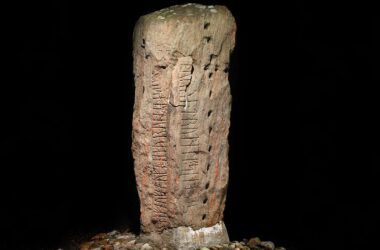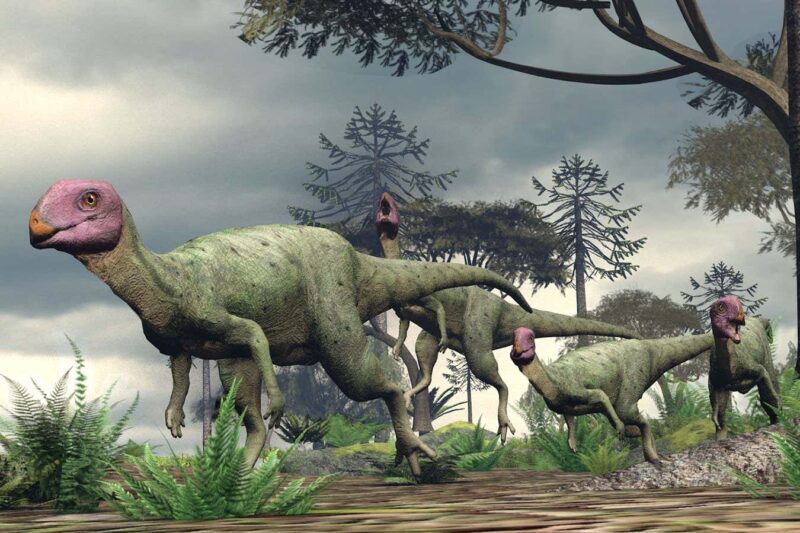Minimocursor phunoiensis was discovered in Thailand
Sita Manitkoon, Uthumporn Deesri, Bouziane Khalloufi, et al.
Approximately the size of an antelope, this herbivorous dinosaur inhabited South and Southeast Asia between 145 and 200 million years ago and was discovered in Thailand. Minimocursor phunoiensis is the name given to this new species after its fossils were discovered in the Phu Kradung Formation in the country’s north, which has yielded an abundance of fossils in recent years.
The Late Jurassic Phu Kradung Formation in the Phu Noi location, Kalasin Province, Thailand, yielded an exceptionally articulated skeleton of a new basal neornithischian dinosaur, Minimocursor phunoiensis gen. et sp. nov. Non-marine vertebrate fossils are abundant at this site on the Khorat Plateau1. This new species is being called the most recent dinosaur find in history.
For almost six years, a team led by Sita Manitkoon of Thailand’s Mahasarakham University studied the fossils and came to the conclusion that they belonged to a new species of plant-eating dinosaur that roamed the jungles of Southeast Asia. Minimocursor phunoiensis is the name given to this new species after its fossils were discovered in the Phu Kradung Formation in the country’s north, which has yielded an abundance of fossils in recent years.
To sum up, the finding of Minimocursor phunoiensis represents a fantastic development in our knowledge of dinosaur variety and development. Understanding the prehistoric ecosystems of South and Southeast Asia is aided by the discovery of this antelope-sized dinosaur that fed on plants and roamed the region between 145 and 200 million years ago.
FAQs
Q1: What is the name of the newly discovered dinosaur species?
A1: The dinosaur is named Minimocursor phunoiensis.
Q2: Where was the dinosaur discovered?
A2: The dinosaur was discovered in the Late Jurassic Phu Kradung Formation in the Phu Noi location, Kalasin Province, Thailand.
Q3: When did this dinosaur species exist?
A3: The Minimocursor phunoiensis lived between 145 and 200 million years ago.
Q4: What type of dinosaur is Minimocursor phunoiensis?
A4: It is a new basal neornithischian dinosaur, which is a type of plant-eating dinosaur.
Q5: Who led the team studying the fossils?
A5: The team studying the fossils was led by Sita Manitkoon of Thailand’s Mahasarakham University.







